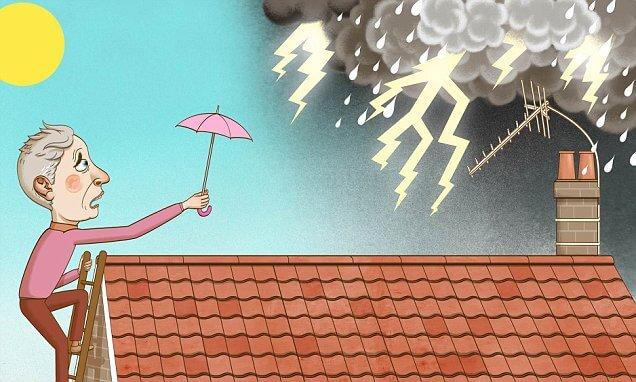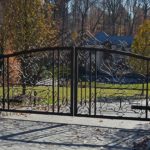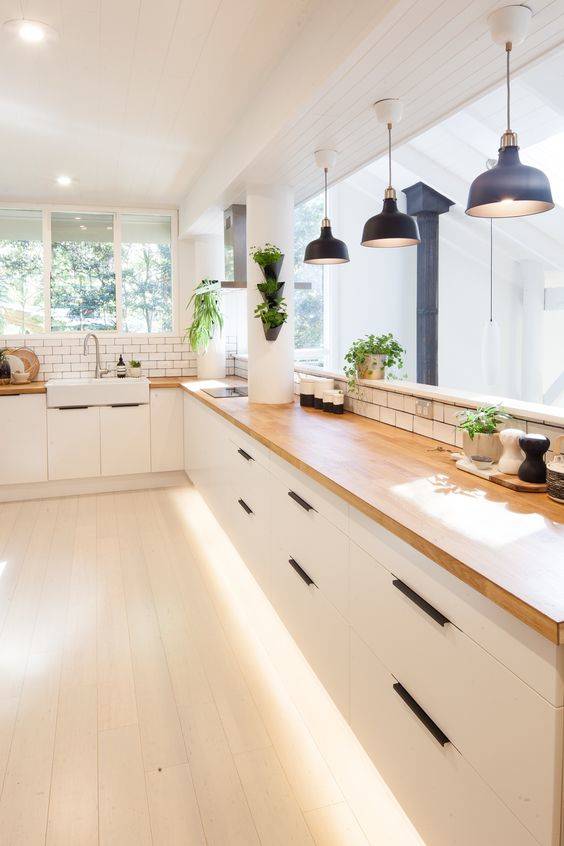Here in the UK, we don’t need to worry quite so much about protecting our homes from natural disasters such as earthquakes, volcanoes or tornadoes. But many parts of the country have flooded in recent years, so safeguarding our homes against disasters is certainly something on many of our minds.
However, do you know how to prepare for the worst? Would you know what to do if disaster struck your home? Here’s how to handle whatever comes your way, one step at a time.
First, protect your home by getting insurance. There are two types of insurance: buildings and contents. You can buy these separately or as a bundle, so it will pay to do your research first and see what the best deal is right now. Building insurance covers the structure of your home (such as the walls, doors, windows and roof etc.), whereas contents cover insures your belongings, such as furniture, carpets, electrical goods, jewellery and so on.
With the right insurance, you’ll receive a pay-out if disaster strikes and your home is damaged. This means you won’t face a financial struggle to replace the things that are important to you, which will be one less thing to worry about at a time that’s undoubtedly very stressful.
Next, think about the measures you can take to protect your home from being damaged in the first place.
The measures you take will vary depending on what you want to guard against (such as burglary, fire, subsidence, vandalism or impact of vehicles), but for now, let’s assume you want to protect your home against flooding. You might not be able to stop water from entering your home completely, but you can certainly make it harder for it to get in, as well as protecting what’s inside. For instance, to stop water flooding into your home:
- install flood resistant air bricks in place of your existing vents
- fit non-return valves onto your drains and water inlet pipes (so that water can only flow one way)
- raise the height of electrical sockets to at least 1.5m above ground level.
After that, take precautions to protect the most expensive or valuable things within your home by:
- putting the main parts of your heating system (such as the boiler) upstairs if possible
- laying ceramic tiles on the ground floor – as (as this article explains) ceramic tiles provide a water-resistant, reducing the volume of floodwater penetrating through to the masonry from the inside face of the wall
- placing irreplaceable items (such as treasured family photos or jewelry) on high-mounted shelves.
This graphic is very helpful if you want more advice on preventing damage from this kind of disaster.
Finally, think about the other ways in which disaster might strike your home, and what you can do to prevent damage occurring.
For example, fire is a threat we all face regardless of our location in the country, and at particular times of year (such as Christmas) the risk to our homes is even greater. However, you can take precautions against disasters such as house fires by always remembering to turn off electrical appliances when they’re not in use and removing the plug from the socket. Set timers when using the oven, and be sure to test your fire alarms regularly – your alarms will alert you as soon as smoke is detected, allowing you time to address a hazard before it’s become a serious problem.
What steps are you currently taking towards preventing a disaster in your home? And do you have insurance, or is this something you need to invest in?







